Your cart is currently empty!
Simple Gesture Made by Quick-Thinking Couple ‘Saved Many Lives’ as Flash Floods Tore Through Campground
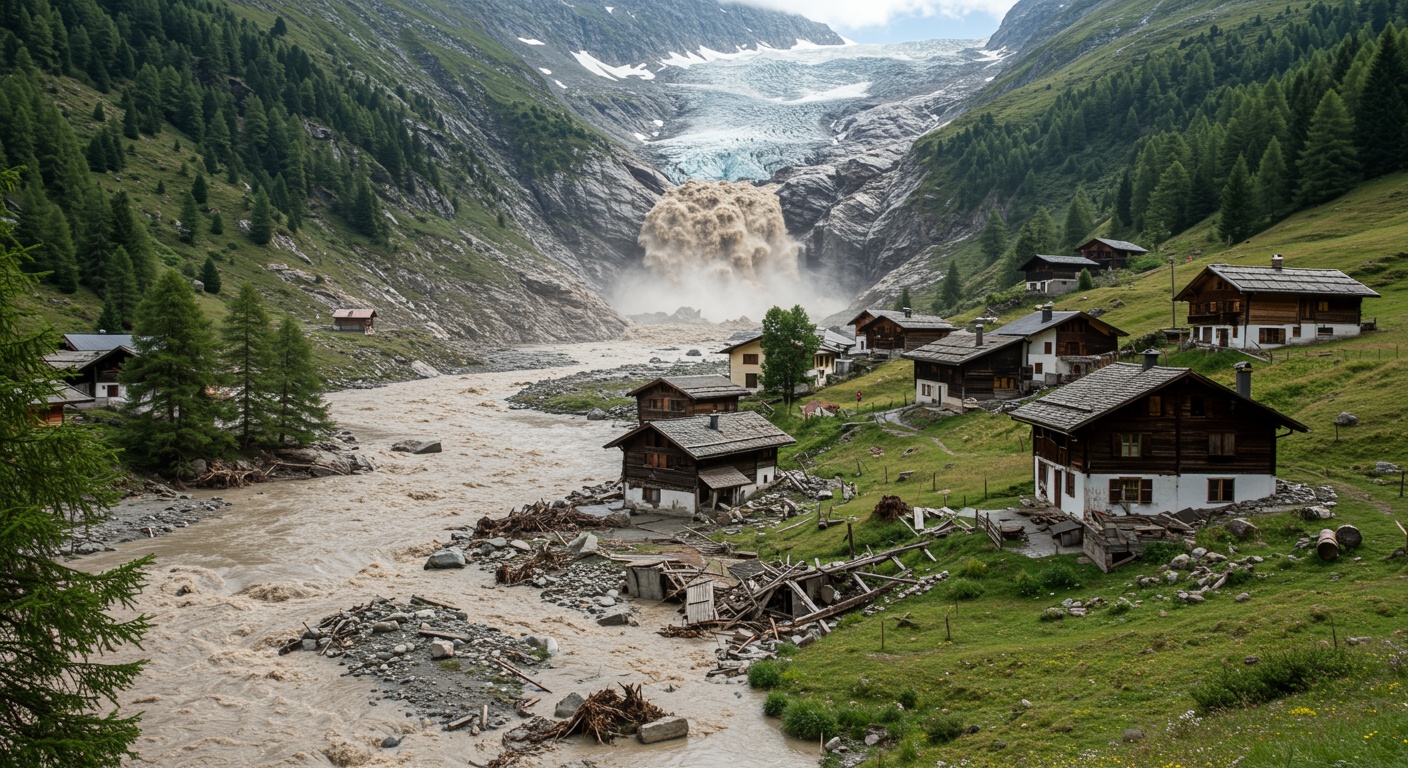
What wakes you faster: a phone alarm or the blare of a car horn outside your window at 4:45 a.m.?
For dozens of campers sleeping along the Guadalupe River in Texas, it was the horn and it wasn’t random. It was a lifeline. In the span of just ten minutes, a peaceful holiday weekend transformed into a deadly rush of water, sweeping away homes, vehicles, and lives. With more than 100 people killed, it became one of the deadliest floods in Texas in recent memory.
But that number could have been even higher if not for two retirees with no formal training, no emergency tools, and just one instinct: warn others.
As disaster surged toward them, Lyle and Sue Glenna didn’t run. They drove through darkness and rising water, laying on their truck horns to wake sleeping strangers. Their split-second decision to make noise instead of retreat became the alarm clock that saved families.
This isn’t just a story about survival. It’s a testament to the power of ordinary people acting decisively in extraordinary moments and what it reveals about the human instinct to protect, even in the face of overwhelming danger.
The Moment That Changed Everything
At 4:45 a.m., while most campers were still deep in sleep, the Guadalupe River was silently transforming into a deadly force. Hours of relentless rainfall had turned what should’ve been a peaceful night into the precursor of catastrophe. Emergency responders from the Ingram Fire Department were scrambling to reach every corner of the campground, but the water was moving faster than their warnings could travel.
That’s when Lyle and Sue Glenna received the call.
The couple, retirees from Minnesota spending their summer doing odd jobs at the HTR Campground in Ingram, Texas, were no strangers to early wake-ups. Sue, 68, was on-call that night and answered the phone what she heard jolted them into motion. The fire department told her the river was rising fast up to 30 feet in an hour, by some estimates and floodwaters were imminent.
They were inside their fifth-wheel trailer when the call came. In less than ten minutes, the campground would be engulfed. It was the kind of moment that splits time in two: before the warning, and after. That sliver of time those few short minutes would separate the living from the dead.

Image Credits: GoFundMe
For most, the natural instinct would be to flee immediately. And no one would have blamed Lyle and Sue for doing just that, especially with Lyle’s pre-existing heart condition and the sheer danger of what was coming. But instead of rushing to safety, they paused and made a different choice.
They grabbed their keys, jumped into their truck and van, and started driving through the sleeping campground, blaring their horns. It was loud, relentless, and jarring and exactly what was needed. With sirens failing to reach everyone and no coordinated evacuation system in place, their spontaneous act cut through the silence and gave people a fighting chance.
Within minutes, floodwaters began swallowing the campground. Cabins were lifted and carried away. Vehicles disappeared. Roads dissolved into currents. From a hilltop above the scene, Lyle and Sue later stood and watched their community friends, coworkers, and strangers they had tried to wake vanish beneath the water.
The timeline was brutally short. But within that narrow window, the Glennas made a decision that would change the course of many lives. What they did wasn’t grand or complex. It was simple. But in the face of rising chaos, it was everything.
A Simple Gesture That Meant Survival
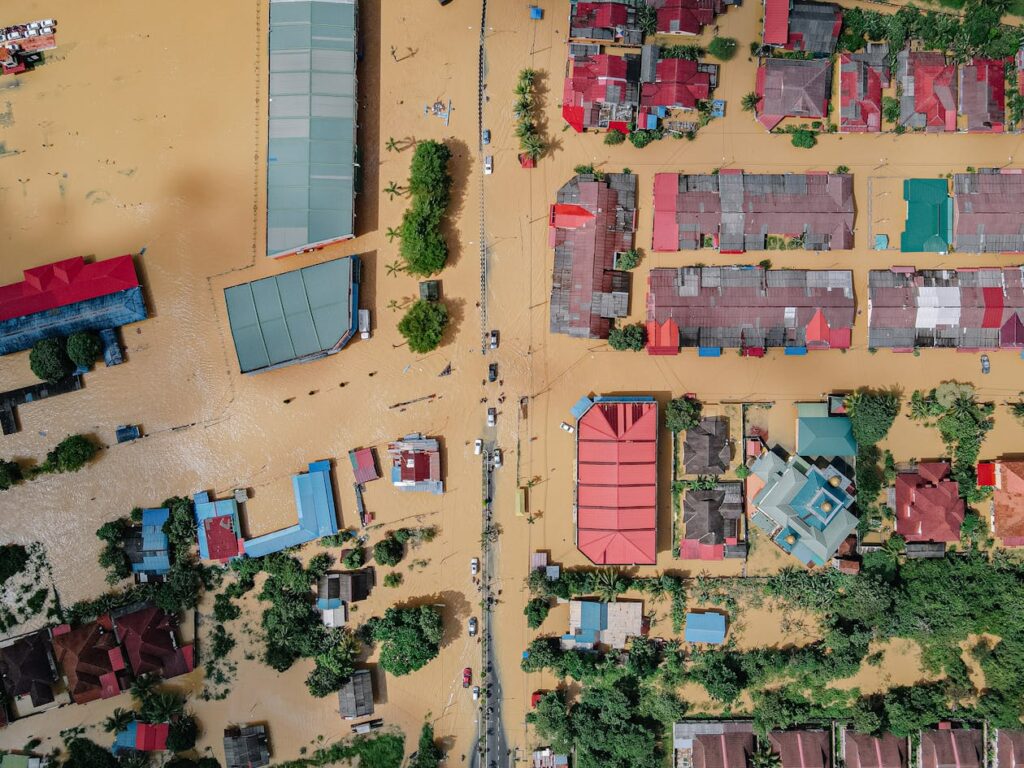
No sirens. No loudspeakers. No coordinated evacuation plan.
Just two aging vehicles and the insistent blast of a truck horn cutting through the stillness before dawn.
Lyle and Sue Glenna didn’t have a rescue manual. They didn’t have radios, flares, or even time to go door to door. What they had was an idea and a sense of urgency. With the river rising behind them and floodwaters just minutes away from consuming the campground, they used the only tool at their disposal: sound.
They drove through the winding rows of RVs, tents, and cabins, leaning on the horn as hard and as long as they could. It was an act born not from training, but instinct a raw, human reaction to seeing danger and trying to pull others from its path. And it worked.
Families stirred awake, confused but alert enough to recognize the warning. One survivor, Daryl Kallio, later shared on social media:
“I woke up to the honking, got out of bed, and checked to see what was going on. It was because of y’all… my family, myself, our friend that was camping with us and her kids are all here today. You guys are the ones that saved our lives.”
For Kallio and many others, those car horns were the only signal they got before the water arrived. No time for phone alerts. No time for knocking. Just noise jarring and persistent enough to shake people from sleep and push them into action.
In the chaos of natural disasters, high-tech systems can falter or come too late. But sometimes, the simplest tools used with intention are the most powerful. Lyle and Sue didn’t know who would hear them. They didn’t know if it would be enough. But they acted anyway.
And in that, their gesture became more than a warning it became a lifeline. For many in the campground that morning, the Glennas’ truck horn was the difference between waking up in time or not waking up at all.
When Systems Fail, People Step Up
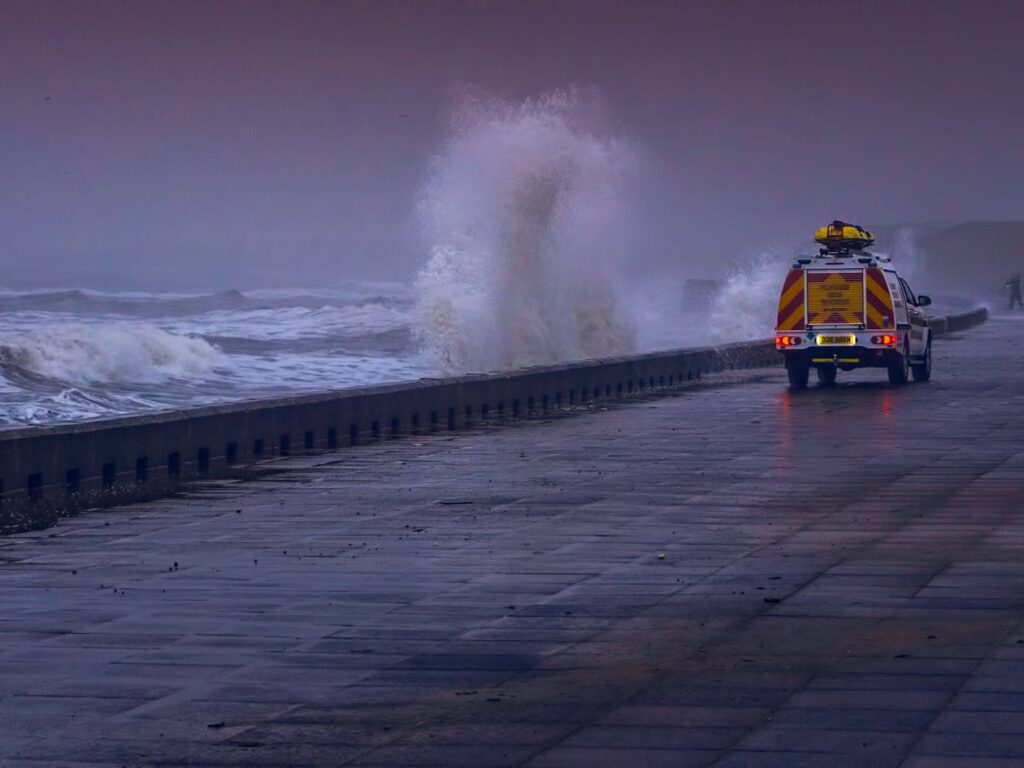
Disasters have a way of exposing the cracks in our systems those carefully designed safety nets we assume will catch us when things go wrong. In theory, emergency alerts, fire departments, and evacuation protocols should have protected the HTR campground that morning. But in reality, the systems in place simply weren’t fast or far-reaching enough.
The Guadalupe River didn’t wait. In under an hour, it rose more than 30 feet. By the time emergency crews arrived and began issuing warnings, many campers were still asleep in cabins and RVs, scattered across a wide, wooded area with no centralized PA system and patchy cell service. The official channels had minutes to work in a space that required hours. And when seconds mattered most, it was ordinary people not emergency infrastructure that bridged the gap.
That’s where Lyle and Sue Glenna stepped in.
Without being asked. Without being trained. Without any special tools or command. They recognized what the system couldn’t fix in time and took action. Their impromptu decision to use their truck horns as a wake-up call was born from urgency, not protocol. But it filled the silence when official systems fell short.
This is not an isolated failure. Rural and recreational areas across the country often lack robust alert infrastructure. Campgrounds, trailer parks, and seasonal lodgings may fall outside the reach of automated text alerts or siren networks. And in many places, geography itself hills, valleys, forests creates blind spots in emergency communication.
What the Glennas showed is that preparedness doesn’t always come in the form of a checklist or a toolkit. Sometimes it comes down to human initiative: seeing the gap and choosing to fill it.
Their story is a potent reminder that the people around us neighbors, campers, strangers are often our first responders. Systems can falter. Technology can lag. But human instinct, when grounded in empathy and quick thinking, can become a far more powerful force than we realize.
Loss, Trauma, and an Outpouring of Support
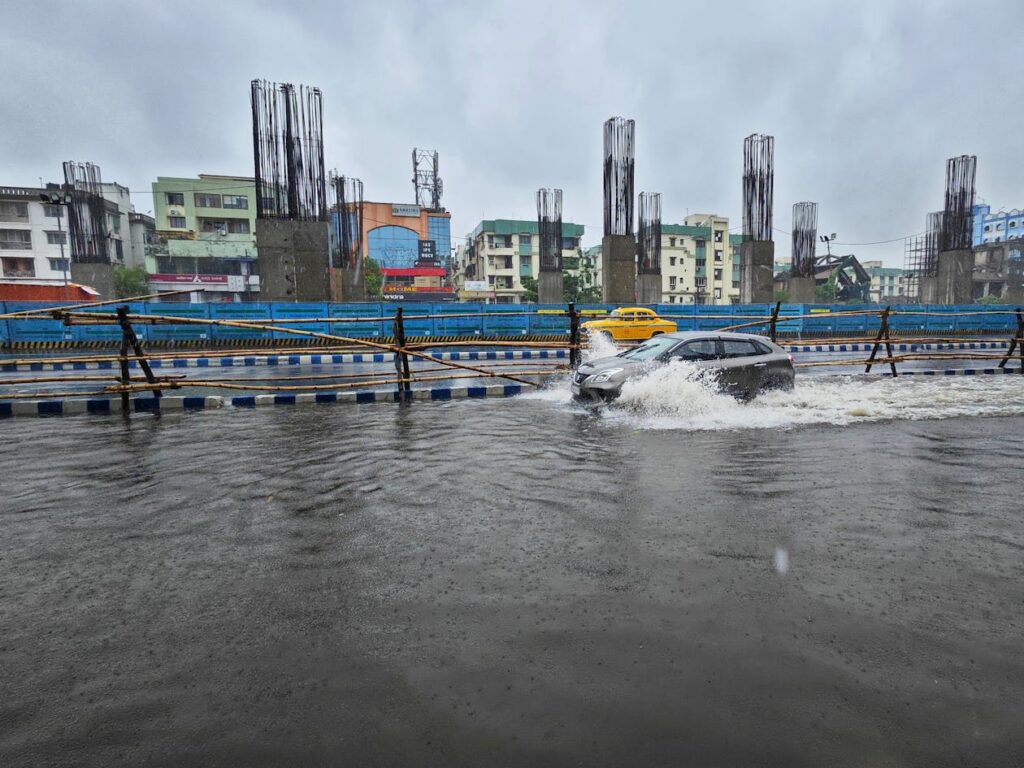
Lyle and Sue Glenna survived the flood, but survival came with a cost.
Moments after completing their desperate horn-blaring circuit through the campground, they climbed to higher ground and looked back. From their vantage point on a nearby hill, they watched everything they knew their trailer, their neighbors, their summer community disappear under a rising tide of water and debris. They watched friends swept away. They saw campers vanish. The noise of the horns was replaced by the silence of irreversible loss.
That kind of trauma doesn’t end when the water recedes. It lingers.
For Lyle, 78, the physical toll hit almost immediately. Amid the chaos and strain, he suffered a heart attack a cardiac event triggered not just by exertion, but by the emotional overload of what he was witnessing. He continued helping others until he reached safety. Only after did he allow himself to collapse.
The couple escaped with only the clothes they were wearing and their truck. Their fifth-wheel trailer their summer home of eight years was gone. So were all their possessions: photos, documents, keepsakes, and the familiar comforts of a life they had carefully built in retirement. “Everything they own in the world was swept away,” their daughter-in-law Gia wrote.
In the days that followed, their son Wes launched a GoFundMe campaign to help them begin again. The response was swift and deeply human. Donations poured in over $20,000 raised in a matter of days. The funds allowed Lyle to leave the hospital with a new CPAP machine, something insurance wouldn’t immediately cover. More importantly, they allowed the couple to take their first steps toward rebuilding.
But material help, while critical, only scratches the surface of what the Glennas are processing. They are navigating survivor’s guilt, trauma, and grief. The images of neighbors lost and moments frozen in crisis won’t fade quickly. And yet, in the flood’s wake, what has emerged is a powerful show of collective gratitude people honoring not just what the Glennas did, but who they chose to be in a moment of unimaginable pressure.
Communities rallied around them not out of pity, but respect. Lyle and Sue had reminded people what compassion looks like in action, and the outpouring of support reflects how deeply that matters.
They lost everything but became the reason many others didn’t.
How to Act in Sudden Disasters
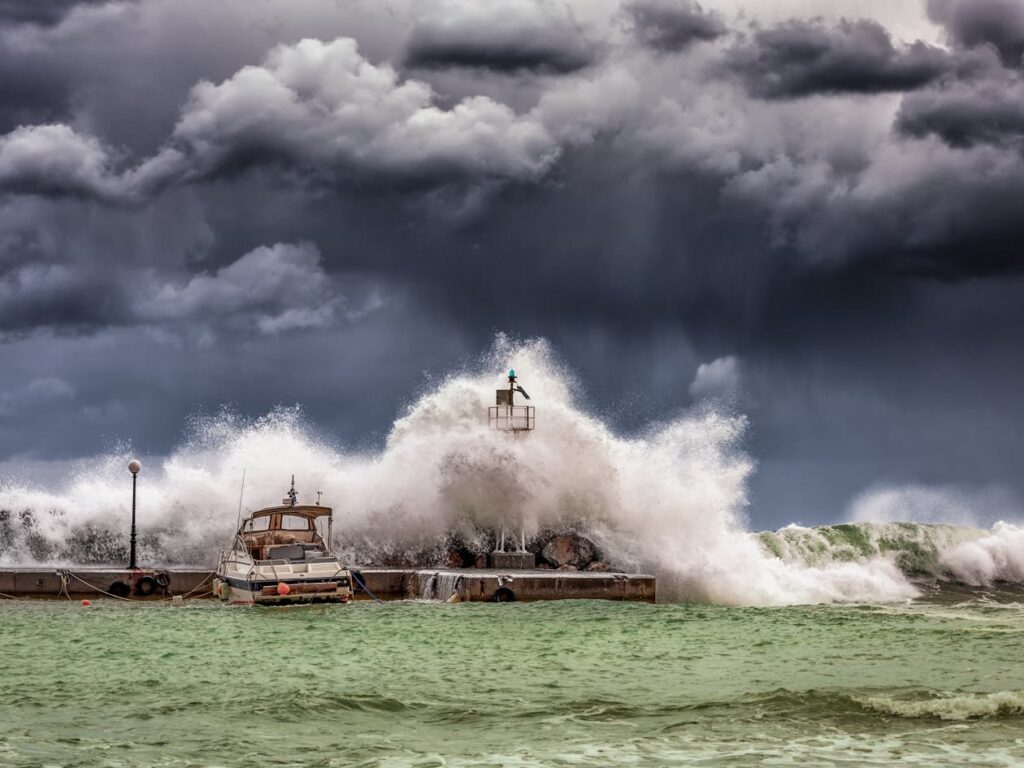
The Glennas’ story illustrates that you don’t need formal training or high-tech equipment to make a life-saving difference during a disaster. You just need to act fast, decisively, and with awareness. Here are some practical, real-world strategies anyone can use when caught in a sudden emergency like a flood, wildfire, or severe storm:
1. React Immediately to Warnings Even If They Seem Incomplete
Time is everything. When Sue Glenna received the warning at 4:45 a.m., she didn’t wait for confirmation or second-guess the severity. She and Lyle acted. Seconds mattered and they made them count.
Tip: If you receive an alert (official or unofficial), take it seriously. Early action can save not only your life but the lives of others.
2. Use What You Have Don’t Wait for Perfect Tools
The Glennas had no sirens or megaphones. What they had was a truck and a horn and they used them with purpose.
Tip: Make noise to alert others. Yell, knock, flash lights, honk horns anything that gets attention. In darkness or sleep, even small cues can be the difference between awareness and tragedy.
3. Know Your Environment Before a Crisis Hits
The Glennas were familiar with the layout of the campground and used that knowledge to warn as many people as possible.
Tip: When staying in unfamiliar areas especially rural or remote places take five minutes to identify exits, high ground, and the nearest help. Know who around you might need assistance (children, elderly, disabled neighbors).
4. Prioritize Movement Over Possessions
Trying to gather belongings can cost critical time. Lyle and Sue took only their keys, some clothes, and each other and saved lives as a result.
Tip: If evacuation is imminent, focus on people and immediate safety, not items. Everything else can be replaced.
5. Think Beyond Yourself
The instinct to escape is natural. But the decision to help others can multiply survival. The Glennas’ honking woke families that otherwise might not have had a chance.
Tip: If it’s safe to do so, alert others on your way out. Even a simple warning yelling or banging on a door can save a life. Just seconds of effort can change someone’s outcome.
6. Prepare Mentally, Not Just Physically
Preparedness is as much about mindset as it is about supplies. Clear thinking under stress is a skill you can practice.
Tip: Run through “what-if” scenarios in your mind – How would I exit quickly? Who might need help? Where would I go? That kind of mental rehearsal can reduce panic when time is short.
Ordinary Actions, Extraordinary Impact
In the face of surging floodwaters, with chaos unfolding around them and only minutes to act, Lyle and Sue Glenna made a decision that cost them everything they owned but gave countless others a second chance at life. They didn’t hesitate. They didn’t wait for orders. They simply used what they had a horn, a vehicle, and the will to help.
Their story is a stark reminder that heroism doesn’t always come with uniforms or headlines. Sometimes, it comes from retirees in a campground, choosing to care. It comes from instinct, courage, and the refusal to look away when others are in danger.
And it leaves us with a challenge:
Will we be ready to act when the moment demands it?
Whether it’s a disaster, an emergency, or an everyday opportunity to look out for others what we do in that window between warning and action defines more than just our character. It can change outcomes. It can save lives.
Let this story be more than a headline. Let it be a reason to learn, to prepare, and to believe that even in the most terrifying moments, ordinary people have the power to do something extraordinary.
